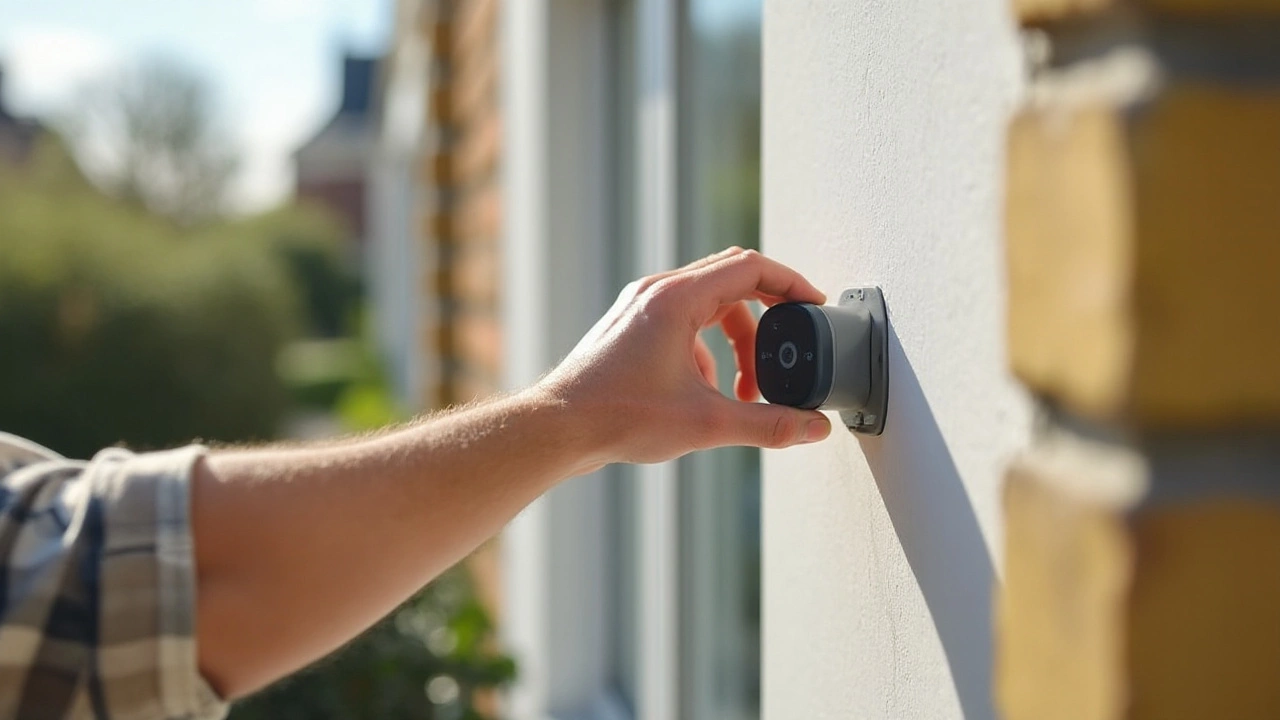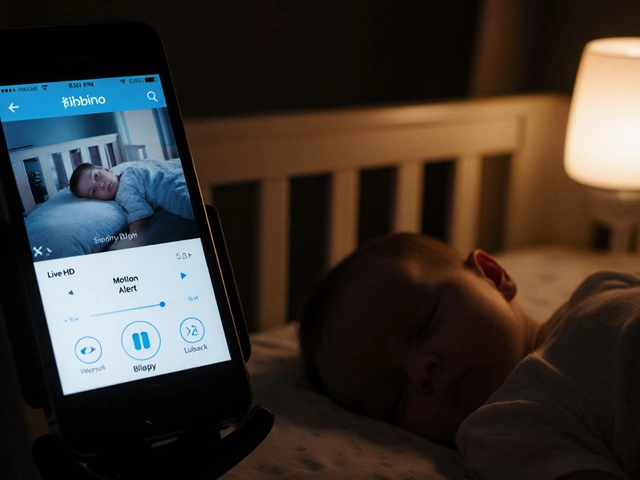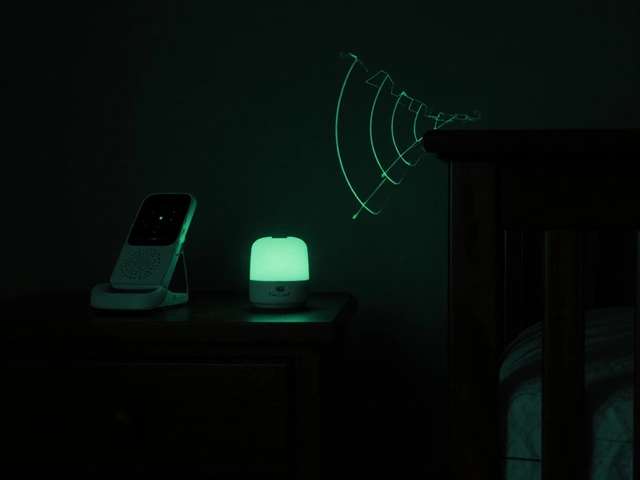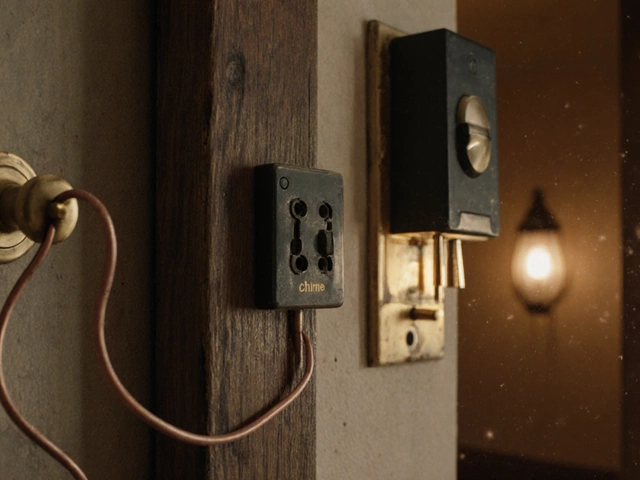Wireless Camera Guide: What Every Homeowner Should Know
If you’re thinking about adding a camera to keep an eye on your home, the wireless option feels like the easiest choice. No long runs of cable, quick install, and you can move it around if you need to. But "wireless" also brings its own set of questions – battery life, signal strength, privacy risks – that can trip up even a tech‑savvy buyer.
In this guide we’ll break down the real benefits, the hidden drawbacks, and give you a quick checklist so you can pick a camera that actually works for you, not just looks good on the box.
Pros and Cons of Wireless Cameras
Pros:
- Easy setup: Most models just need a power outlet or a rechargeable battery, then you connect to your Wi‑Fi. No drilling, no messy wires.
- Flexibility: Want to move the camera from the front porch to the garage? You can do it in minutes.
- Smart features: Motion alerts, cloud storage, two‑way audio – all run through an app on your phone.
Cons:
- Battery limits: Battery‑powered cameras usually last 3‑9 months depending on motion activity. You’ll need to remember to charge or replace them.
- Wi‑Fi reliance: If your internet drops, the camera can’t stream or store footage. A weak signal can cause lag or missed alerts.
- Security concerns: Any device on your network can be a target for hackers. Choose a camera with strong encryption and regular firmware updates.
Balancing these points is all about matching the camera to the spot you plan to monitor. A battery‑powered unit works great for a seldom‑used shed, while a plug‑in model with a wired Ethernet backup is safer for front‑door surveillance.
How to Choose the Right Wireless Camera
Start with a simple checklist:
- Power source: Do you have a nearby outlet? If not, go battery‑powered and check the advertised lifespan.
- Resolution: 1080p is the sweet spot for most homes. Higher resolution means bigger files and more bandwidth.
- Field of view: A 130‑180° lens covers more area but can distort edges. Choose based on the space you need to watch.
- Night vision: Look for infrared LEDs that give clear black‑and‑white video after dark.
- Storage: Cloud plans cost extra. Some cameras offer local SD‑card slots – cheaper but you’re responsible for the card.
- App usability: Open the app store, search the brand, and read recent reviews. A clunky app can ruin the experience.
- Privacy features: Turn‑off audio recording if you don’t need it, and check for a physical lens cover for added peace of mind.
Once you have a shortlist, test a single unit before buying a whole system. Most retailers offer a 30‑day return window, which is perfect for checking battery drain, signal strength, and whether the motion alerts are accurate.
Remember, wireless cameras are a tool, not a magic solution. Pair them with good lighting, solid Wi‑Fi coverage, and an alarm system if you want layered protection. When you pick the right model, you’ll get clear footage, reliable alerts, and the confidence that comes with knowing your home is being watched – without the hassle of running wires.

23
Jan
Wireless CCTV systems offer a flexible and efficient way to secure homes and businesses. These systems use wireless technology to transmit video signals, removing the need for wired connections. With advancements in technology, wireless CCTV kits have become more reliable, providing high-quality video and ease of installation. This article explores the functionality of wireless CCTV, potential challenges, and tips for choosing the right kit for your security needs.






